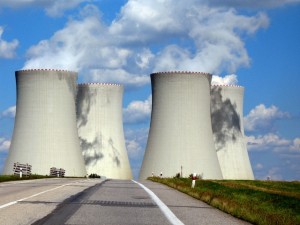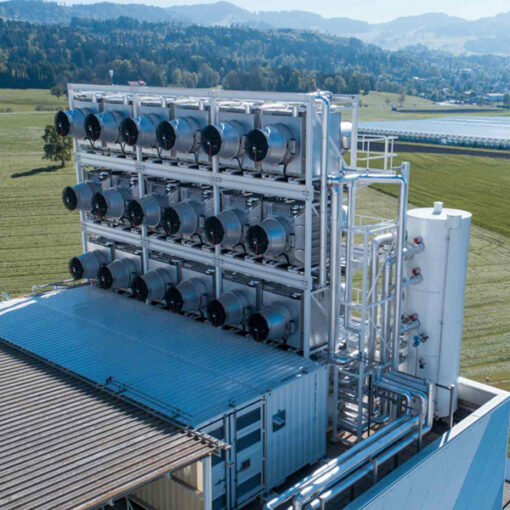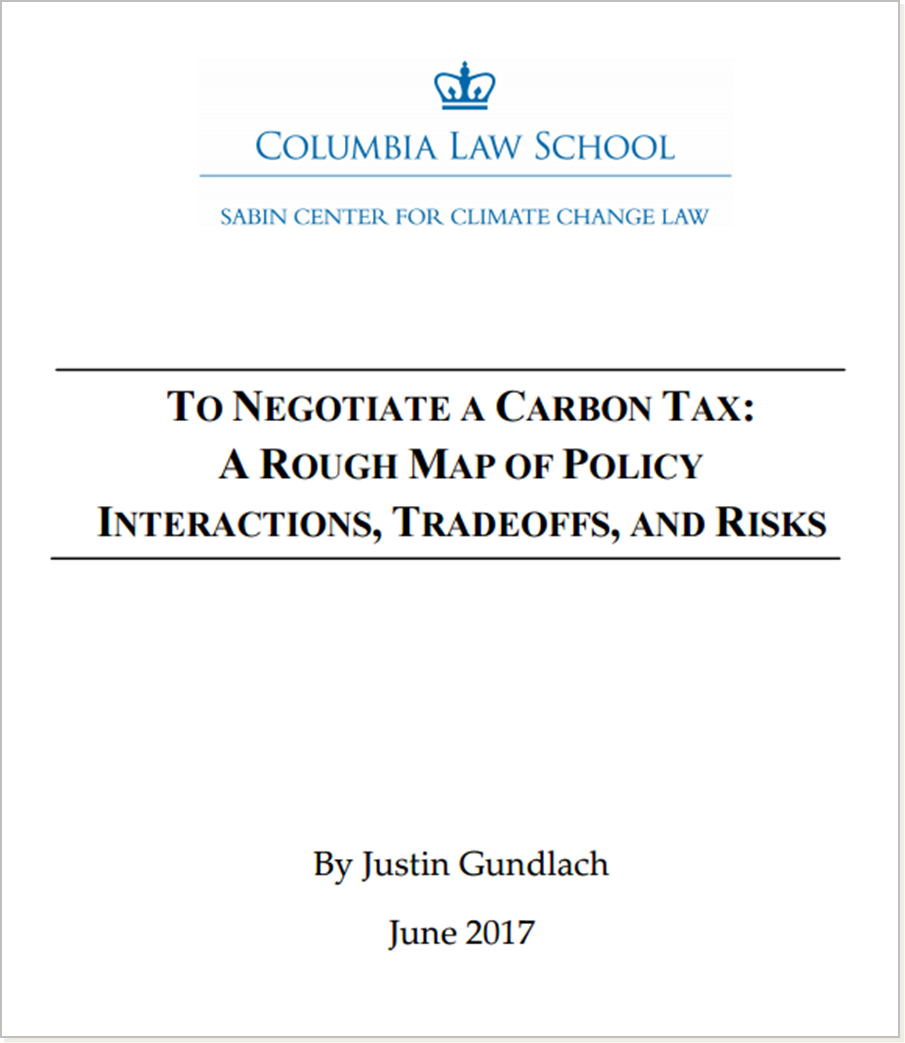By Alyssa Kutner, Summer Legal Intern
 There has been a lot of discussion and press around the EPA’s new Clean Power Plan, which is intended to reduce CO2 emissions from existing power plants by 30% from 2005 levels by 2030. The EPA proposed this plan on June 2nd under its Clean Air Act §111(d) authority, which “requires states to develop plans for existing sources of noncriteria pollutants…whenever EPA promulgates a standard for a new source.”The EPA proposed greenhouse gas standards for new sources earlier this year, triggering the §111(d) requirement for existing sources. The EPA will review and approve or disapprove all state plans created under Section 111(d). Public comments and suggestions from states and other interested parties will be considered by the EPA as it refines its proposal over the next year. The rule is to be finalized in June 2015. This post focuses on one interesting element of this larger plan: the EPA’s decision to encourage states to keep old nuclear plants in operation, rather than decommissioning them.
There has been a lot of discussion and press around the EPA’s new Clean Power Plan, which is intended to reduce CO2 emissions from existing power plants by 30% from 2005 levels by 2030. The EPA proposed this plan on June 2nd under its Clean Air Act §111(d) authority, which “requires states to develop plans for existing sources of noncriteria pollutants…whenever EPA promulgates a standard for a new source.”The EPA proposed greenhouse gas standards for new sources earlier this year, triggering the §111(d) requirement for existing sources. The EPA will review and approve or disapprove all state plans created under Section 111(d). Public comments and suggestions from states and other interested parties will be considered by the EPA as it refines its proposal over the next year. The rule is to be finalized in June 2015. This post focuses on one interesting element of this larger plan: the EPA’s decision to encourage states to keep old nuclear plants in operation, rather than decommissioning them.
First, some background: the Clean Power Plan proposes using combinations of measures grouped into four categories, which the EPA calls “building blocks,”to delineate the “best system of emission reduction”for states to use in crafting their compliance plans. Building blocks 1 and 2 focus, respectively, on improving the efficiency of existing plants and substituting gas-fired generation for coal. Building block 3, the topic of this post, sets the goal of reducing emissions by increasing low or zero-carbon generation, referring to renewable and nuclear power alternatives. Finally, building block 4 looks to improving demand-side energy efficiency to decrease emissions. The EPA has proposed state emissions reduction goals that would require application of some or all of the measures set forth under each of the building blocks. State emissions targets are calculated by rate, in “lbs/MWh, that is, how many pounds of pollutant come out of the smokestack for every unit of energy produced.” These individual state targets take into account the existing diversity among states in terms of energy sources and efficiency, and allow states to take a flexible approach in reducing or offsetting overall state CO2 emissions through combining techniques from the four building blocks. Further, the proposed rule only applies to states that contain fossil fuel-fired power plants, meaning that both Vermont and Washington D.C. are not included.
Due to the plan’s focus on expanding sources of clean energy, the proposed § 111(d) guidelines include incentives to keep, rather than decommission, existing nuclear power plants. The EPA suggests that a “stringency of application”of building block 3 to a state’s CO2 emission goals would require “avoiding retirement of about six percent of nuclear capacity”along with completion of plants already in construction and building additional plants if economically feasible. Findings in the proposal demonstrate that keeping the projected 6% of U.S. nuclear capacity at risk for decommissioning in operation could “support avoiding 200 to 300 million metric tons of CO2.”
As noted in the Clean Air Plan, the EPA recognized that factors such as “increasing fixed operation costs and maintenance costs,” “relatively low wholesale electricity prices,” and costs associated with safety and emergency preparations have led to decreasing revenue for the nuclear industry. Citing a recent report, the EPA claims “nuclear units may be experiencing up to a $6/MWh shortfall in covering their operating costs with electricity sales,” and has estimated “the value of offsetting the revenue loss at these at-risk nuclear units to be approximately $12 to $17 per metric ton of CO2.”
In order to encourage states to keep aging nuclear plants in operation, the EPA has proposed that states currently generating nuclear power be eligible to receive credit for the carbon savings associated with keeping 6% of “each state’s historical nuclear capacity” in operation, whether or not that state was actually considering retiring 6% of nuclear facilities. The credit will be figured into each state’s emissions goals “by adding 6% of current nuclear electricity generation, in megawatt hours (MWh), to the denominator of each state’s target,” thereby decreasing overall the calculated target rate in pounds per megawatt hours used to determine the state emissions goal, as described above. For states that receive it, those that currently generate nuclear power, the credit would be a substantial move towards meeting state CO2 emissions targets. Similarly, the new nuclear incentive could provide impetus for states with nuclear projects underway to continue building and attract more investors into nuclear energy, since the projected output of reactors under construction is included in conjunction with the output of those already in operation to determine “the nuclear generating capacity reflected in building block 3.”
Detractors of the 6% credit argue that the incongruities among states containing nuclear plants at risk of retirement make an across-the-board assumption of 6% retention inappropriate. The 6% figure was arrived at as a percentage of overall U.S. nuclear power at risk of retirement, rather than evaluating the figure on a state by state basis. Consequently, some states will benefit more than others from applying the credit. 6% of current nuclear generation in a state with high nuclear output will be greater than in a state with little output. On the same note, a state paying requisite costs to refit a reactor formerly set for retirement will benefit less than a state without at risk reactors. The reactors mentioned by the plan that have already retired or are at risk of retirement are the Crystal River plant in Florida, Kewaunee in Wisconsin, Vermont Yankee in Vermont, Oyster Creek in New Jersey, and two at San Onofre in California. Since Vermont is not included in the new rule, the incentives will likely not be influential in changing the retirement of the reactor scheduled for later this year.
Other suggestions by the EPA in the proposal, such as that states adopt strategies allowing for emissions credit trading, could also provide incentives to keep nuclear power operations active by raising the cost of conventional power generation and making nuclear more competitive.
The EPA’s hope that nuclear power will prove to be an asset in the fight against climate change was echoed earlier this year by the Obama administration, when it determined to exempt U.S. nuclear reactor developers from paying a “credit subsidy fee”on $6.5 billion worth of loan guarantees on a project to build two reactors in Georgia. The licenses to build the two reactors in Georgia were approved in 2012, after a thirty-four year break from the last reactor license issued in 1978. In total, there are five commercial power reactors under construction in the United States. In addition to the two in Georgia, two are located in South Carolina and one is in Tennessee.
Commercial nuclear reactors in the United States are normally licensed to operate for forty years, and the average nuclear reactor in the United States is thirty-three years old. While companies are allowed to apply to the Nuclear Regulatory Commission for a twenty-year extension on their licenses, keeping aging nuclear plants in operation may present environmental and safety concerns that cannot be solved through refitting or improving technology. The discussion over safety concerns extends to the continued lack of resolution on nuclear storage issues, which may become more visible as nuclear power is increasingly seen as an important source of clean energy.
image from: https://bit.ly/1w3IycX



